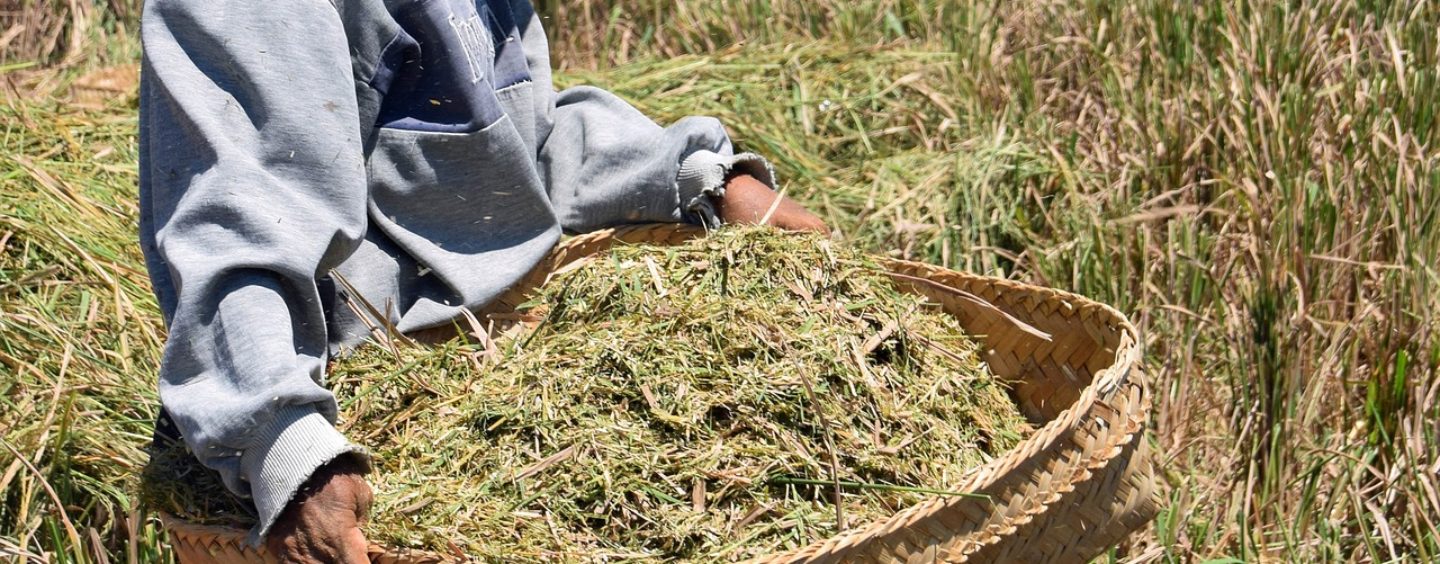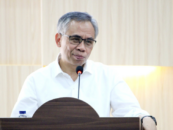Microfinance disasters have made the news in recent years and the industry has drawn some flak for being unregulated. Indonesia has had relative success. What lessons can we draw from them?
Stories of microloan borrowers in impoverished parts of India driven to suicide by relentless loansharks have tainted the industry somewhat. In response, critics have lashed out at microfinanciers. Instead of empowering communities and lifting them out of poverty, they have introduced overindebtedness and have profited greatly from the high interest rates imposed on borrowers.
But microfinance does not need to have negative connotations. Certain countries with large rural populations, such as Indonesia, have helped improved the lives of poorer communities.
In a KPMG report on Indonesia’s microfinance, it noted that authorities have taken concrete steps in ensuring microloans are distributed prudently to borrowers and to prevent unscrupulous lenders from exploiting their clients.
Regulation is essential even in the poorest areas
Perhaps unnecessary stress could be avoided if authorities made headway in tracking black market lenders. Indonesia is no stranger to this phenomenon. Regulators like the Indonesian financial authority Otoritas Jasa Keuanga (OJK) does not have a firm understanding of the non-regulated MFI landscape, and estimates of the numbers of MFIs vary hugely from 40,000 to 600,000. It is determined to track the number of MFIs in an effort to map the landscape and develop a legal framework for these institutions, said KPMG.
KPMG noted that commercial lenders, banks and other microfinance institutions have tried to meet demand for micro-lending, but a combination of strict regulations and too-high thresholds have resulted in growth of black-market lenders and unscrupulous loan sharks, which don’t require documentation (ID cards) and are more mobile.
These lenders offer loans at high interest rates and often collect daily payments from customers.
But there are still too few banks to meet demand – with only 40,000 bank branches in Indonesia, iit is still insufficient to reach out to the furthest communities living in the country’s 13,000 islands, said OJK.
The report highlighted that 203 million, or 81.5% of Indonesians are at the bottom of the economic pyramid. Like everyone else, those living in poverty need access to financial services in order to find opportunities to improve their lives and their communities. Without having salaries and sufficient collateral, the 96 million Indonesians living on less than US$1.90 a day are considered too risky for loans or live in locations too remote for formal financial services.

Some rural communities in Indonesia have no choice but to seek out loans from unregulated moneylenders. via pixabay
Caption: Some rural communities in Indonesia have no choice but to seek out loans from unregulated moneylenders.
Microlenders, particularly those operating under Indonesian banks, as well as social enterprise startups, are also targeting these communities through their high mobile penetration rates and are developing the right digital platforms to reach out to them, said KPMG.
Poor financial literacy to blame too
KPMG also noted there is a lack of financial literacy among low-income groups, which can undermine gains made by widening the access to financial services, due to the propensity of lower tier lenders to push debt at excessive margins; many low income individuals do not comprehend the notion of interest rates, and are sold based on weekly instalment schedules.
SMEs and low income borrowers need access to both loans and education for Indonesia’s microcredit industry to make a positive impact. An OJK 2014 survey found only 7 percent of SMEs go to banks when they need to borrow.
Branchless Banking regulations
In early May 2013, central bank Bank Indonesia commenced a limited pilot, to test the outsourcing of some banking operations to agents prior to introduction of formal regulations. The scope of the pilot involved five commercial banks, three of Indonesia’s largest mobile network operators and eight provinces (South Sumatra, North Sumatra, West Java, Central Java, East Java, Bali, East Kalimantan and South Sulawesi).
The pilot programme went into full gear in 2015. Laku Pandai, or ‘Branchless Banking’, enables individuals to become agents. These lenders can extend their banking activities by recruiting individuals and legal entities as agents, who will provide micro-saving and loan services for unbanked and underbanked people. They must be registered with the banks, and are to meet minimum requirements such as having a viable source of income for the last two years. Micro-savings, micro-credit and micro-insurance products are dispensed through the agents.
So far, response has been positive. In a report by the Jakarta Post, Bank Rakyat Indonesia corporate secretary Hari Siaga said that it aimed to have 135,000 Laku Pandai agents, an increase from 84,500 in 2016, and to see them use its BRILink mobile app. BRI recorded 98 million transactions throughout last year, rising more than fourfold from 2015.
Indonesia’s approach to microfinance could serve as a lesson to others. Ultimately, regulators have to be the ones to guide microfinanciers and borrowers alike to achieve the eventual goal of lifting communities out of poverty.








